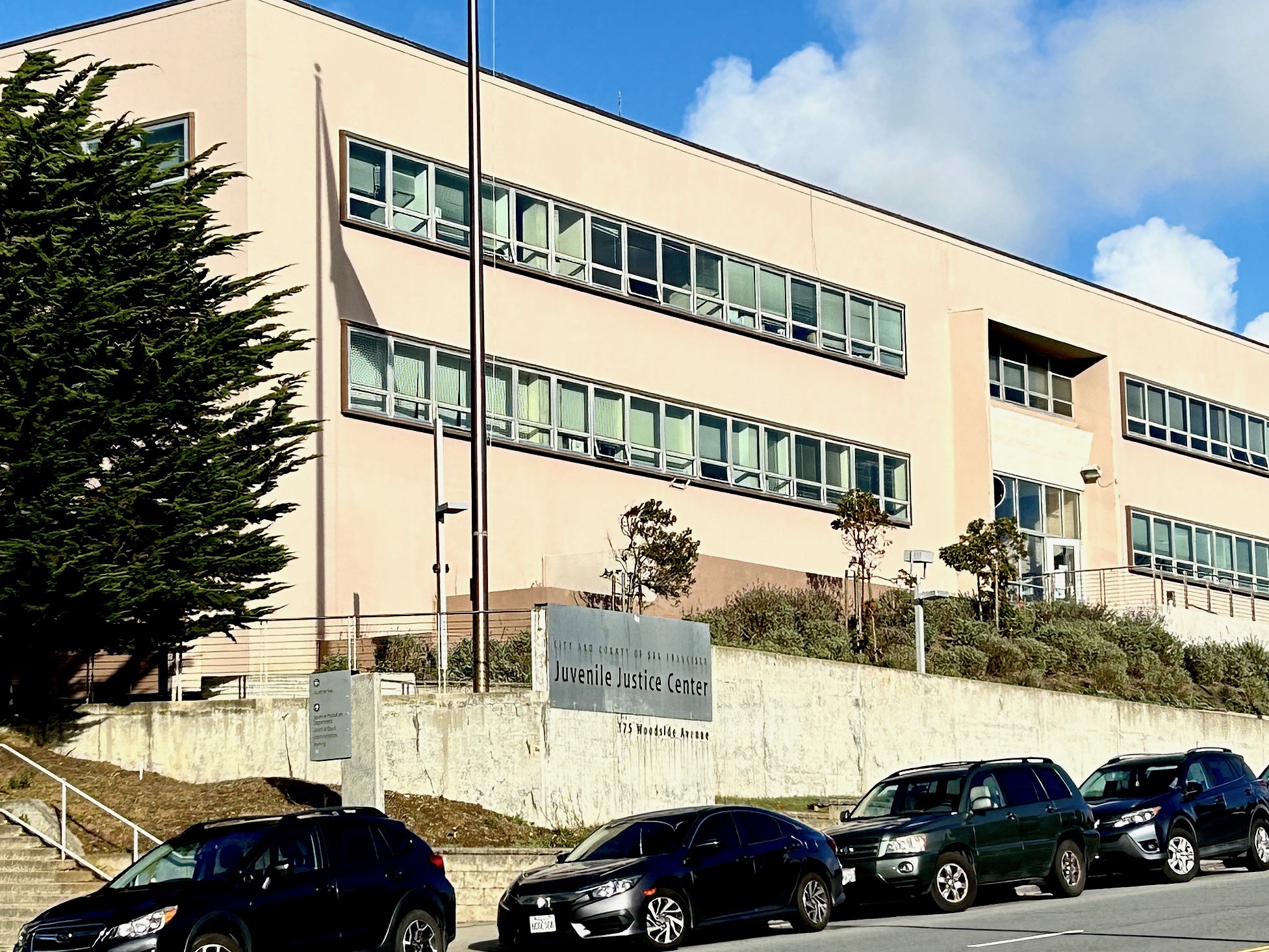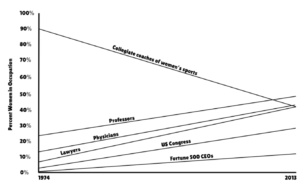Over three years ago, the San Francisco Board of Supervisors (BOS) voted to close the San Francisco Juvenile Justice Center. Under the initial plan to close the hall by the end of 2021, the board cited recidivism rates, increasing costs and a declining number of incarcerated youth as the primary reasons. The BOS wants to replace the Justice Center with a more rehabilitative, home-like holding place for incarcerated youth.
Almost a year past the original 2021 deadline, the Justice Center is still operating with few signs of reform, and currently holds its record number of inmates in recent years. This has led activists, system-impacted youth and other community members to question if the apparently dormant efforts to reimagine the Justice Center will ever be rekindled, or if the BOS has simply decided to let this now three-year-old promise go.
Shamann Walton, a board member since 2019 and president of the BOS since 2021, was interviewed by the Paper Tiger in 2021 to explain why the effort to close the Juvenile Justice Center had been delayed. “We had to shift some of our priorities to make sure that we were taking care of folks who were suffering from food insecurity, protecting people from evictions and fighting for higher wages for our frontline workers,” Walton said last year in reference to COVID’s impact on juvenile justice in San Francisco.One year later, Walton’s explanation more or less rings true.
“The pandemic was definitely a big factor,” said Nikita Saini, a legislative aide for Supervisor Hillary Ronen. Saini has worked in Supervisor Ronen’s office for the past year and a half and served as a public defender for five years. She is currently Ronen’s main staffer assigned to the issue of juvenile justice.
“Because of the pandemic, everything had been slowing down and Supervisor Ronen wanted somebody to stay on top of it,” Saini said.
Saini mentioned that the two-year timeline that the BOS initially proposed was, in hindsight, ambitious. “I think, previously when they had written legislation, President Walton and Supervisor Ronen weren’t aware of some of the difficulties that would come with closing the hall itself,” she said.
Saini explained that one of the biggest barriers to closing the hall were the California Board of State and Community Corrections (BSCC) requirements. “Initially, people were thinking that we could just buy a couple of nice Victorians in San Francisco and set one up for boys and one for girls,” said Saini. “We’re not trying to build anything that looks like an institution. We want it to be like little hubs or cabins, and allow the youth to have more than enough space,” she added.
However, California state building regulations for juvenile incarceration facilities make it difficult for the new Juvenile Justice Center to be in an existing building. For example, the BSCC requires that juvenile facilities have eight-foot wide hallways, extensive and specific construction requirements to minimize suicide risk and other features that existing non-institutional buildings in San Francisco generally do not have.
As a result, the new Justice Center will have to exist in a brand new building, creating more obstacles and expenses than the BOS would have expected in 2019. The Juvenile Probation Department has been granted $500,000 to hire an architect, just the first step in the extensive process of designing, constructing and finally utilizing this new facility. Many estimate that it could be years before the new center is constructed.
Activists, system impacted youth and everyday San Francisco citizens are frustrated with this slow and grueling process and lack of significant reform. “If you make a promise to a large group of people, especially to a young population, you have a responsibility to uphold that. It’s disappointing,” Charlotte Wyman ’23 said.
Looking to the future, it is unclear when the current facility will be closed, and exactly what the new facility will look like. Saini estimates that the hall will not be closed for at least a year, which she said is still “very optimistic.”
Saini said that despite slowed efforts, her office and the BOS are “really pushing” for the hall to get closed as soon as possible. Supervisor Ronen’s office hopes to have a cathartic and healing closure of the hall where families and formerly incarcerated youth can “demolish the building itself.” As we approach the one year anniversary of the Justice Center’s promised closure date, the fate for the growing number of incarcerated youth in San Francisco remains uncertain.







